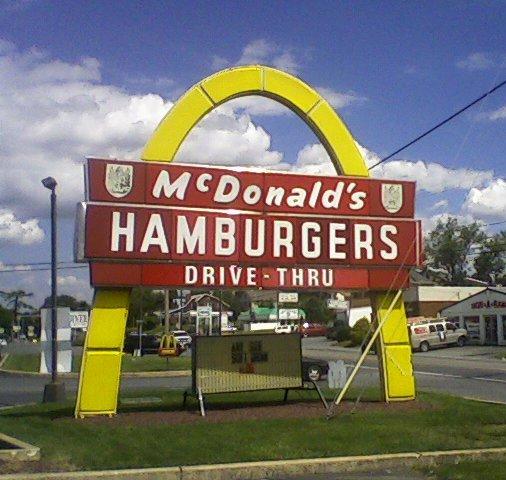The Rise of the Superstar Firms: Why McDonald's is thriving?
Over 100 years after Theodore Roosevelt warned against the growing control of a handful of corporate giants, a small group of "superstar" companies—some old, some new—are once again dominating the global economy. As per a 2015 Mckinsey Global Institute report, 10% of the world’s public companies generate 80% of all profits. What's most intriguing is that the gap between these few “superstar” firms and the rest is growing.
But what makes these "superstars" thrive?
These firms are known to invest in their core skills so as to relentlessly pursue their long-term goals. And thus it turns out, that a remarkable number of superstar companies are family owned or run by dominant owners who can resist the pressure for short-term results.
 |
| The last single-arch McDonald's sign in Lancaster, Pennsylvania, modified to mention the drive-thru, dismantled in 2016 |
For an example, we can turn to McDonald’s. In 1948, the fast-food joint was already a success when Richard “Dick” and Maurice “Mac” McDonald, the original owners, decided to shut it down for three months to revamp the entire operation.
The brothers invented the “speedee service system" - a concept based on speed, lower prices, and volume. They slashed their menu down to nine items, switched to paper wrappers and plastic cups, and cut their prices in half. They had their kitchen redesigned to ensure maximum efficiency and standardized every order.
By 1951 profits had soared to 40 percent above their pre-conversion levels. That's when Ray Kroc made a trip to California to meet the unassuming “Henry Fords of the restaurant business.” And the rest, as they say, is history.


Comments
Post a Comment